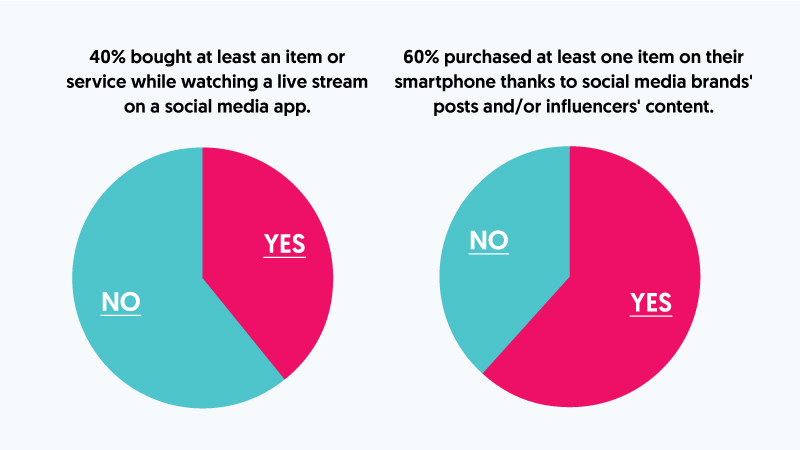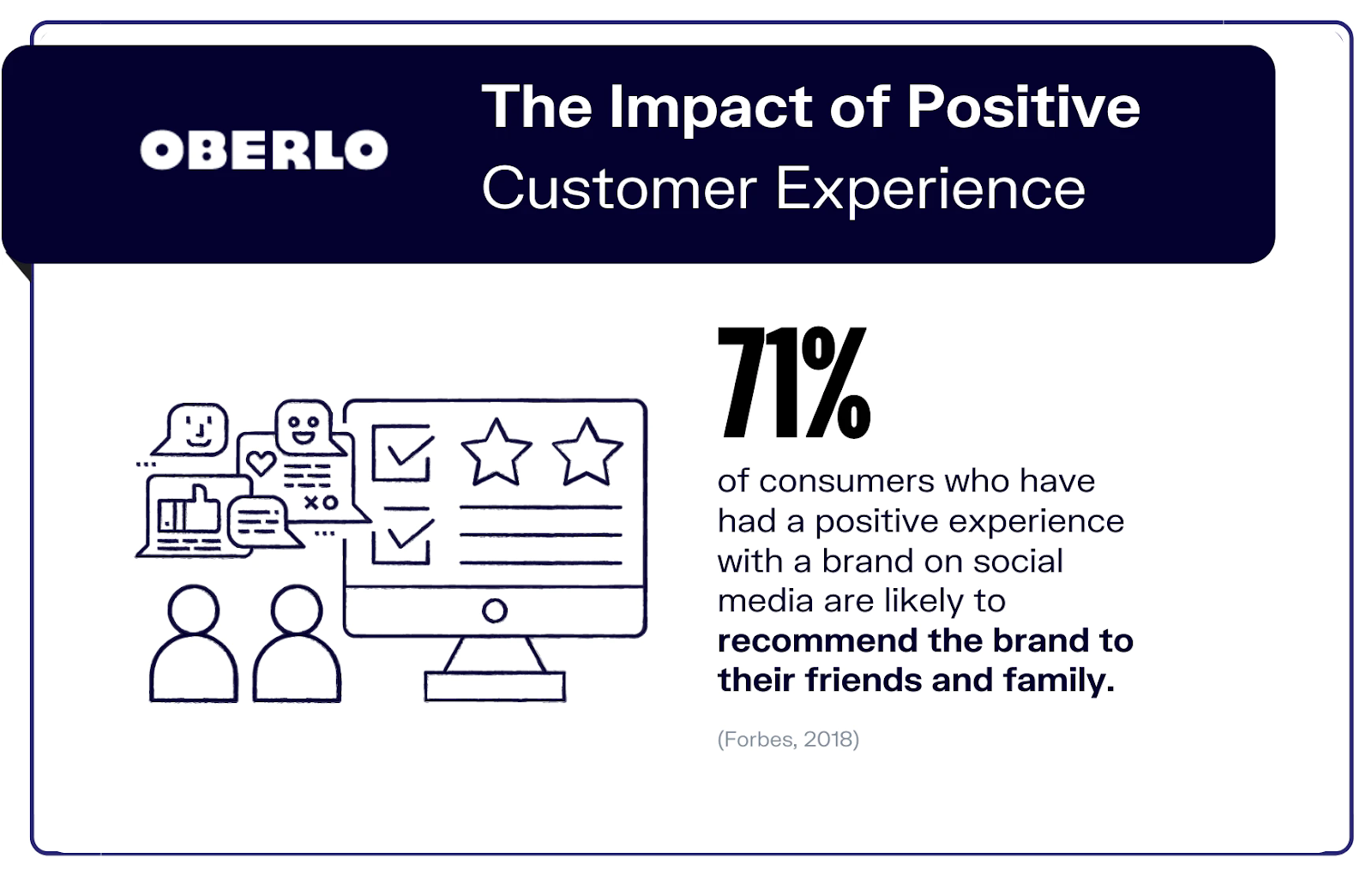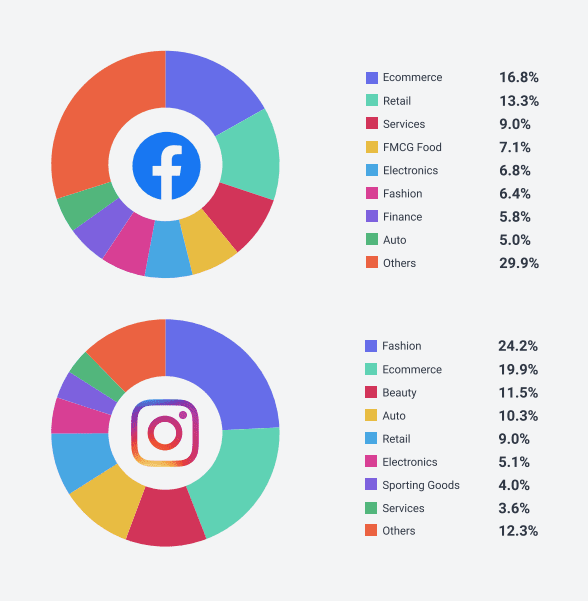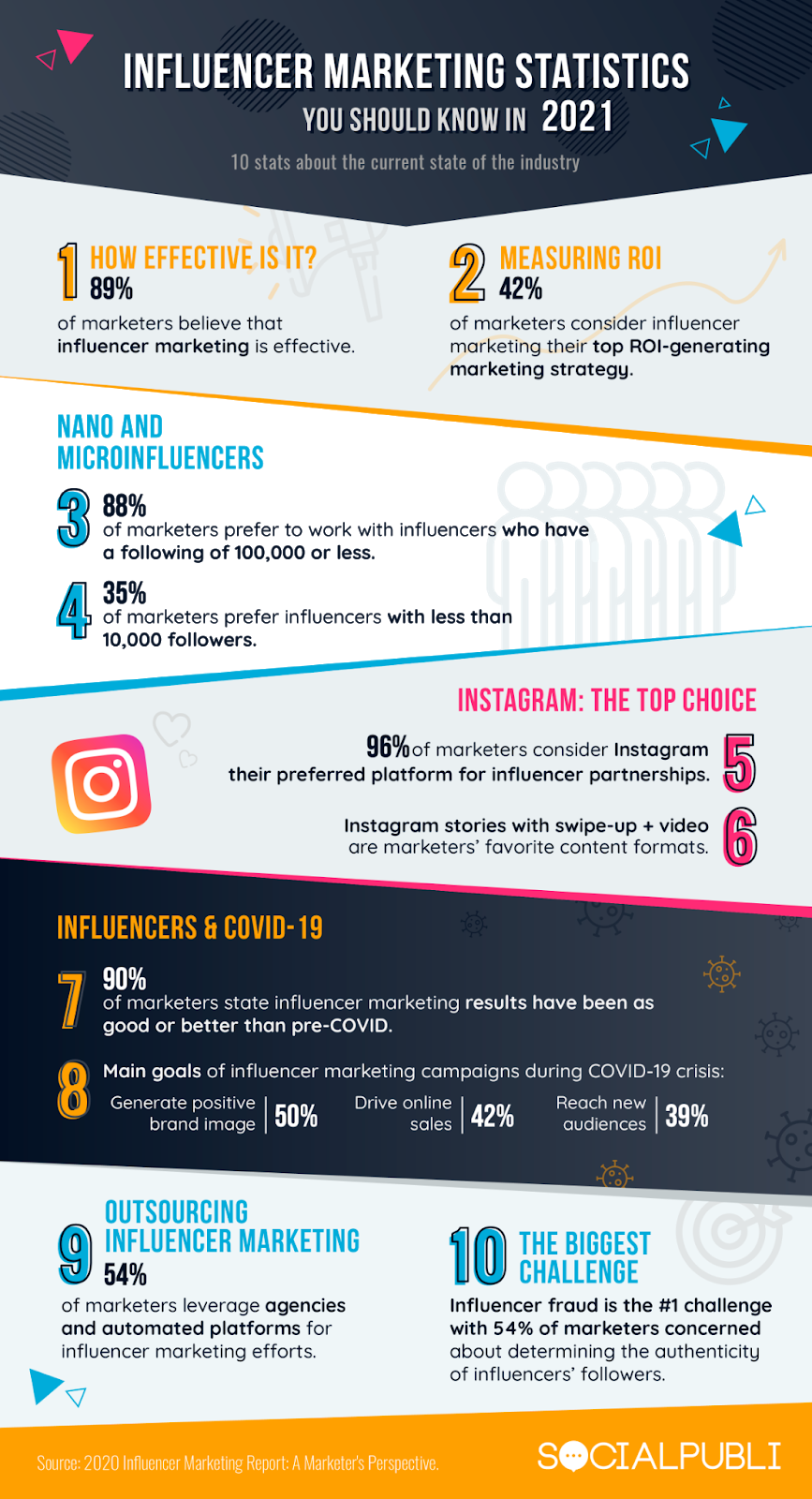It’s 2021, and by now, you don’t need to be told how important having an online presence for your business is. However, there’s still one part that many entrepreneurs miss out on, and that is social media marketing. Even though you have a well-designed eCommerce website where you sell your goods, it is still vital to go to where your customers are and convince them to purchase from you.
More than ever, people are making their purchases online. Most of them also go for online reviews and look for recommendations from others before settling on a vendor or a product to buy.
A recent study by the ODM Group found that 74% of all online shoppers rely on social media before making any purchasing decisions. A further 80% of them are more inclined to purchase something based on a referral from their friends and family.
These numbers are pretty high, and for someone who runs an online business, having a vibrant social media presence is vital to your business’s survival.
Social commerce, as it is commonly referred to, is currently an $89.4 billion market that is projected to skyrocket to over $600 billion within the next half-decade.
So, what is social commerce?
With social commerce, everything, including the customer’s journey to the buying experience, occurs within the social media platform.
There is product discovery, which can be through shares, posting to your audience, and ads, the research process, and eventually checkout. The customer doesn’t get redirected elsewhere as everything takes place on the social media channel they’re interacting with you on.
The main social media apps that currently allow for social commerce are Instagram, Facebook, and Pinterest. Once a customer sees a product they like, they only click on “shop now.” They can complete the transaction there and then and within the app.
Social commerce vs eCommerce
Before we delve deeper into the topic, it would be prudent to highlight the main difference between social commerce and eCommerce, two similar but different terminologies.
On one end is eCommerce, which refers to shopping via a website or a branded mobile application.
Meanwhile, social commerce allows the customer to purchase the product within the social media app they’re using.
 Social Commerce: Source
Social Commerce: Source
Why should you invest in social commerce?
Regardless of the product you wish to sell; social commerce is a viable plan, as long as your audience is your target customer base. If you’re still unsure whether to go for social commerce, here are three benefits of social commerce that may convince you otherwise:
#1. It makes shopping a social experience
Unlike the shopping experience with eCommerce websites, social commerce is a lot more engaging and provides the buyer with an amazing experience. Furthermore, besides being a simple process, one can also share the product they wish to purchase with their friends to get their opinions before making the order.
 Impact of positive experience: Source
Impact of positive experience: Source
#2. Conversion rates are higher
Customers don’t have to undergo a long process before they can finally purchase the product from you ‒‒ they see it, they buy it. Once you click on ‘shop now,’ you’re taken straight to the checkout.

Facebook Shops: Facebook
Doing this increases the conversion rates compared to the traditional eCommerce setup. In the latter’s case, once the customer sees an ad on social media, they are redirected to the website.
From here, they’ll have to maneuver through the site to add the product to the cart before proceeding to checkout. Although this seems like a straightforward process, you risk having customers changing their minds mid-way.

Industries that received the most interactions on Facebook and Instagram: Source
#3. Social commerce offers an instant focus group
Social commerce offers an incredible way to collect feedback. With this form of eCommerce, you can focus your ads on a specific group of people that may be genuinely interested in your product.
This also acts as a medium for your customers to offer feedback regarding the product or your services in general, something that you can treat as a lesson to improve service delivery.
5 Social Media Rules to Follow for eCommerce
Now that you understand what social commerce is, the first and obvious thing to do is to ensure that you sell your product directly from the app. All you have to do is optimize the product and platform to enable customers to shop and check out directly from the social media channel they’re using.
However, that is just one of the many things you can do to promote your online business.
Here are five other fundamental tips to elevate your eCommerce business through social media:
#1. Diversify your social presence
Before you begin advertising your products on social media, you should look at every corner your customers may be. In most cases, if you’re targeting the millennials and Gen Z, you should invest more in platforms such as TikTok, Snapchat, and Instagram. At the same time, the older generation might be found more when using Facebook and Twitter.
Do not just invest on one platform and call it a day. You should look for at least two to three social media channels to invest in.

Rising social eCommerce: Source
One of the latest entrants to the giants’ league is podcasting. As it continues to gain more traction, podcast statistics indicate a major comeback of the industry, with millions of episodes, listened to every other day.
The growing popularity of podcasts will help you grow your audience as a business and improve brand awareness.
#2. Start with the basics
The eCommerce business is entirely dependent on how much traffic you can send to your website from social media platforms.
However, this is easier said than done. Achieving sustained success is more than just the norm, but requires one to come up with a fool-proof social media marketing strategy which includes aspects such as:
- Setting goals - before you embark on using social media to promote your eCommerce business, you need to identify what success looks like to you. Be as specific as possible and set goals around how big an audience you wish to create, the number of products you want to sell, how much engagement you aim to achieve, etc. To make the process more organized and keep track of your goals and performance you can create Make sure you prepare a to-do list of tasks.
- Understand customer content needs - the social media platform you’re in determines what type of content your audience needs to see the most of. However, you should know how to balance engagement posts and promotional content ‒ do not appear too salesy. Provide share-worthy content that adds value to your prospects while keeping the experience social and interactive.
- Use visual content - it is a no-brainer that image-based content is naturally more engaging than text-based posts. Using images is the most important tactic for optimizing social media posts to drive engagement. The use of videos also helps to drive engagement higher, and it can be used best to tell a story.
#3. The growth of influencer marketing
People with a solid following on social media can promote and increase the trust factor for your products. These influencers can introduce your products to their followers, and as the numbers indicate, more than half of those that buy the product do so after seeing an influencer promoting it.

Influencer Marketing Ovierview: Source
#4. Be consistent
Posting content regularly is crucial if you wish to continue driving more traffic to your eCommerce website. The frequency is subjective on the market, but consistency is key. To make this process easier on your side, you should develop a social media content calendar to help you understand what to post and when in order to keep your audience engaged.
Furthermore, having a content calendar will help you to plan ahead of time, allowing you the opportunity to balance out your content. Some posts will be promotional, others for engagement, and you can also give room for user-generated content.

Posting on Social Media: Source
#5. Invest in ads
If you have a budget for your social media marketing, you should go for paid advertising. Paid advertising on social media is highly targeted, and if done right, you’ll get better ROI (return on investment) as you’re able to reach a larger audience and convince them to go to your checkout page.
With a projected rise of 5.4 trillion dollars in retail eCommerce sales, integrating social media marketing with your eCommerce business will give you a boost in the already competitive market.
With the right strategy in place, you’ll get to enjoy improved brand awareness, driving more traffic and conversions, ultimately growing your business.
Final word
In the context of the growing popularity of online businesses, social media can be an effective tool for engaging with customers and for leading to increased sales.
With a projected rise of 5.4 trillion dollars in retail eCommerce sales, integrating social media marketing with your eCommerce business will give you a boost in the already competitive market.
In particular, setting clear goals and keeping consistency in your social media strategy, ensuring your online presence on different social media platforms, taking advantage of influencer marketing, and investing in ads are among the most effective social media tips that can have a significant positive impact on your eCommerce business performance.
Thus, with the right strategy in place, you’ll get to enjoy improved brand awareness, driving more traffic and conversions, and ultimately growing your business.